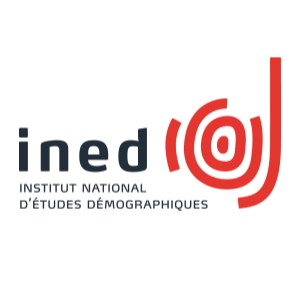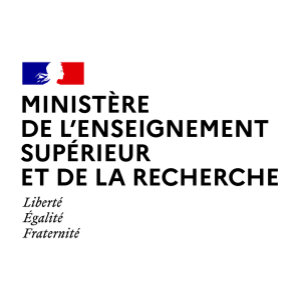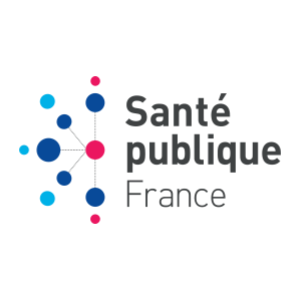Identification, co-construction et évaluation d’une intervention multicomposante visant à améliorer l’acceptabilité de la vaccination contre les PapillomaVirus Humains (HPV) en France
Résumé de soumission
HPV vaccination is recommended in France for girls aged 11 to 19 years, transplant patients, or HIV-Infected patients up to age 19, and men who have sex with men up to age 26. In the 2014-2019 “Cancer Plan”, the objective for HPV vaccination coverage was defined as 60 %. The vaccine coverage is currently far from this objective: it does not exceed 20 % among young girls and creates substantial inequality, in particular between socio-economic groups. Different interventions were evaluated to increase vaccine coverage against HPV (2,3), these interventions were mostly evaluated in the United States. The US context is quite different than the French context for vaccine, and we hypothesized that specific interventions are needed to increase vaccine coverage against HPV in France.
Our goal is to identify interventions that are effective in increasing HPV vaccine coverage and can be rolled out across entire France.
Our objectives are to develop various interventions targeting different actors of HPV vaccination, to evaluate their impact on HPV vaccine coverage and intermediate elements of acceptance, and to evaluate their implementation in study populations. The project is thus organized according to four work packages: WP A for the methodological aspects of the evaluation of each intervention (individually or combined); WP B dedicated to parents, WP C dedicated to adolescents and interventions provided at school; and WP C focusing on health professionals particularly general practitioners. Eight teams are involved in the present project.
These different lines of intervention have been identified for the following reasons. Parental consent is required to vaccinate young girls 11-14 years old and parents take the responsibility to decide to vaccinate their girls or not. But adolescent girls may also take part in this process or influence their parents’ opinions: so both parents and adolescent girls may benefit from educational interventions. General practitioners play a central role in France in vaccinating the population; they are the main source of information for adolescents and parents, and are most of time trusted by their patients. Parents will be approached by the French National Healthcare Insurance Fund, and at school. Adolescents will be approached at school, and general practitioners will be approached by professional organizations.
In the first phase, expectations, preferences, barriers, and practices will be evaluated in adolescents, their parents, school nurses and doctors, teachers, and general practitioners, according to different methods that are described in the corresponding work packages. A conjoint analysis and qualitative approaches will be conducted to estimate preferences, needs and concerns regarding HPV vaccination of the different target populations in order to help construct of the content of the different interventions.
In a second phase, these interventions will be co-constructed in this project, including educational and behavioral (reminder, decision aid) approaches, and possibly an environmental approach (vaccination access). EHealth technologies were listed as technologies recommended to encourage immunization and increase vaccination adherence (4). In the first work package (WP B), we will evaluate an educational intervention delivered using the “chatbot” technology, combined with SMS reminders/recalls among parents of adolescent girls (minors) eligible for HPV vaccination: the chatbot will be developed for parents in order to provide them with information tailored according to their sources of hesitancy and their social characteristics; parents will be invited to use this chatbot by the national health Insurance Fund (CNAM) which will also send them several reminders of the dates of vaccination of their girls. In the second work package (WPC), different types of school-based interventions will be developed for adolescents and their parents: information sessions for adolescents and parents, including fact sheets, websites and information meetings. We also propose to evaluate the impact and acceptance of providing vaccination at school. Work package D will develop different interventions for general practitioners: video spots, training program on communication skills (techniques for motivational interviewing for example), and development of a decision aid tool for patients to use with the general practitioner. The different populations and audiences will be involved in the process of the co- construction of the proposed interventions.
In a third phase, interventions and their combinations will be tested in a randomized trial. The WP A will bring their expertise to all WPs and all teams to identify the best methodology to evaluate the impact of the different interventions on vaccine coverage, to perform a process evaluation and measure implementation of the different interventions.
Equipes du projet
Coordonnateur :
THILLY Nathalie
N° ORCID : 0000-0003-1655-0624
Structure administrative de rattachement : Université de Lorraine
Laboratoire ou équipe : EA 4360 APEMAC, Université de Lorraine
Autres équipes participantes :
Responsable de l'équipe 2 : GILBERG Serge
Département de Médecine générale, faculté de Médecine Paris Descartes
Responsable de l'équipe 3 : GAUCHET Aurélie
LIP/PC2S - EA 4145, Laboratoire Interuniversitaire de Psychologie
Responsable de l'équipe 4 : BANASZUK Anne-Sophie
CRCDC Pays de la Loire
Responsable de l'équipe 5 : GAGNEUX-BRUNON Amandine
Faculté de Médecine, Université Jean Monnet, GIMAP EA 3064
Responsable de l'équipe 6 : CHEVREUL Karine
ECEVE UMRS 1123 Inserm
Responsable de l'équipe 7 : MUELLER Judith
Unité de l’Épidémiologie des Maladies Émergentes (UEME)
Dites-le nous !














